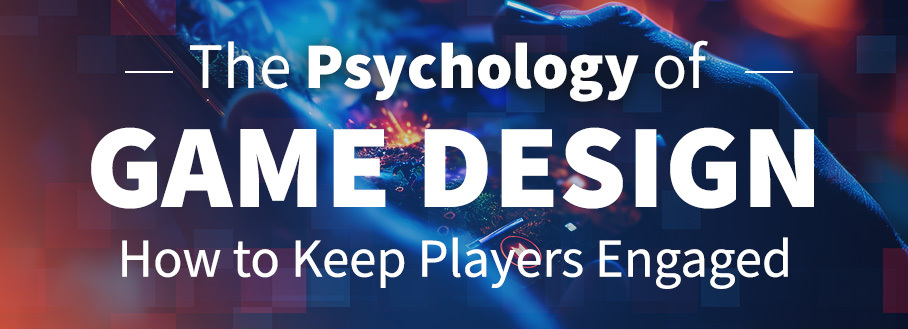
Have you ever wondered why some games succeed and others don’t? Well, a lot of it has to do with the psychology behind their game design. Understanding players’ emotional triggers can level up your game design skills. So, let’s dive into how psychology can transform a good game into an unforgettable one.
The Basics of Player Psychology in Game Design
First things first, let’s chat about the human mind. Our brains are wired to seek rewards, avoid risks, and basically try to have a good time. In game design, tapping into these basic principles can make your game more than just fun—it can make it psychologically engaging. From dopamine hits for completing tasks to the satisfaction of overcoming challenges, it’s all about playing to the psyche.
Cognitive psychology principles are applied in game design to create more engaging and addictive gaming experiences. These core principles include reward and reinforcement, flow state, cognitive load theory, chunking, feedback loops, visual and spatial perception, problem-solving, and strategy.
These principles are applied in games by rewarding players for their actions, making sure the difficulty level is just right, introducing new game elements gradually, making it easy for players to understand and remember information, giving players feedback to help them improve, making the game visually appealing and interactive, and including challenges that require thinking and planning. Using these principles makes games more enjoyable and engaging.

Candy Crush
Try to analyze popular games to identify how they used these principles in their game. Model and improve your game based on your research. For example, Candy Crush Saga uses intermittent rewards to keep players engaged, a technique derived from psychology’s reward system studies.
Game Design Tip: Use rewards that vary in size and frequency to create a compelling loop that keeps players engaged.
Designing for Engagement
Now, onto the juicy part—making games that players can’t put down. It’s all about the challenges and rewards. Mix up the difficulty levels to cater to casual players and those looking for a real challenge. And rewards? They don’t always have to be big. Sometimes, a simple “Well done!” can keep players hooked. Remember, feedback loops are your best friend here, providing that constant nudge for players to keep going.
When designing your game, ensure that it includes challenges suitable for all players, regardless of their skill level. Add a meaningful reward system, even if the rewards are small. The Dark Souls series is known for its challenging gameplay, requiring patience and strategic thinking. However, overcoming these challenges often leads players to feel triumphant.

Animal Crossing: New Horizons
Another great game design example of the feedback loop in action is Animal Crossing: New Horizons. This hit game provides constant feedback and small rewards for completing simple tasks on the island, from catching fish to making friends with villagers. It motivates players to log in regularly, explore different aspects of the game, and stay engaged daily.
Game Design Tip: Remember, player actions need immediate feedback to ensure engagement. Rewarding players with badges, achievements, and in-game progression will increase their engagement and motivate them to continue their journey in the game.
The Power of Using Emotional Connection in Your Games
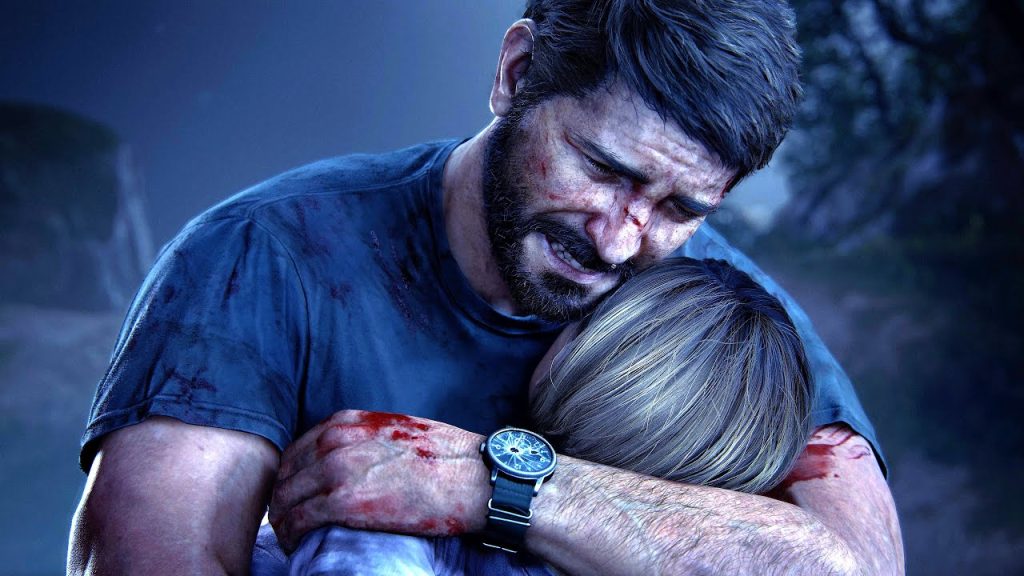
Last of Us
Have you ever felt so attached to a game character that you thought about them even after turning off your console? That’s the power of emotional connection. Use narratives that pull on the heartstrings and game mechanics that make players feel like they’re part of the world. Immersion doesn’t just happen; it’s carefully crafted through storytelling, character development, and a world that feels alive.
Consider your game’s genre. Is there a way to add an emotional connection through the characters or storyline? If so, why not create a compelling story with relatable characters? Use music, art, and in-game mechanics to add to the narrative and make the game more immersive.
One of the best video game examples of this is The Last of Us. Its storytelling and character development create a deep emotional connection. Skyrim also uses an expansive world and rich lore to draw players into its universe.
Game Design Tip: If you have any applicable characters, write rich and full of emotional backstories. To enhance the immersion, design quests and missions directly related to character development or the main storyline. This will make everything more engaging and add an emotional connection for players.
The Psychology of Game Choices
Choices in games are like the spices in cooking—they can turn a bland experience into a memorable feast. When players make decisions that have real consequences, engagement is ramped up. Balancing risk and reward makes every decision carry weight, adding a layer of strategy and satisfaction to the gameplay.
When designing your game, add choices that really matter and impact the overall outcome. Try to find the right balance between taking risks and reaping rewards for each decision your players make.
Games like Mass Effect allow players to shape the storyline and game ending in meaningful ways. Meanwhile, The Witcher 3: Wild Hunt presents players with thought-provoking moral choices, leaving them contemplating their decisions long after they’ve been made. Always try to model after successful games.
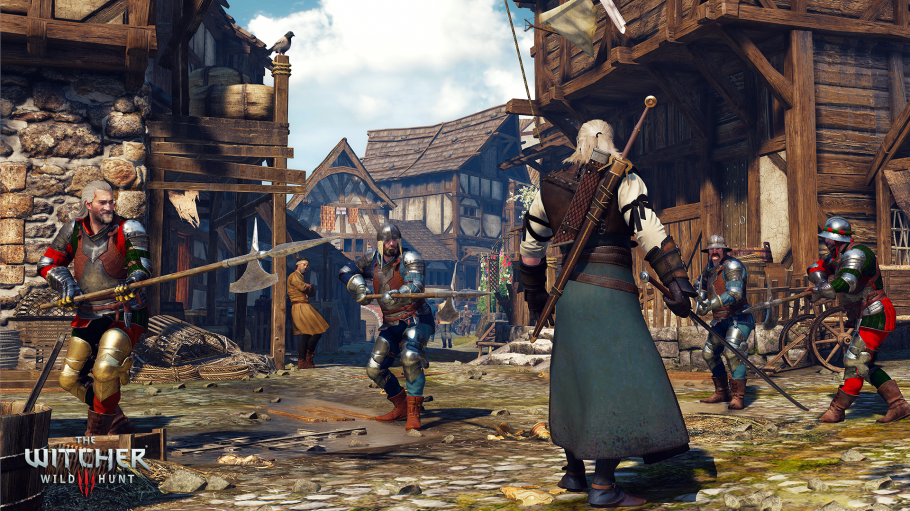
The Witcher 3: Wild Hunt
Game Design Tip: During the design process, ensure that choices are not just black and white but include shades of gray that accurately reflect the complexities of real-life situations. Also, give players immediate feedback to show their decisions’ impact. It’s one of the many cognitive psychology tricks for keeping players engaged.
Game Design Trends That Boost Retention
Games aren’t just about entertainment; they’re powerful learning tools. By designing games that gradually increase complexity, you’re not just challenging players but teaching them. The key is to encourage practice without making it feel like a chore. Think of it as sneaking vegetables into a smoothie—players improve without even realizing it.
Design game levels to gradually increase in complexity. Use in-game challenges to teach players new skills in a fun way. Two great examples are the Portal series and Minecraft. The Portal series introduces mechanics in a way that teaches players through trial and error without feeling like a tutorial. Minecraft encourages exploration and learning through its open-world sandbox, teaching resource management and creativity.
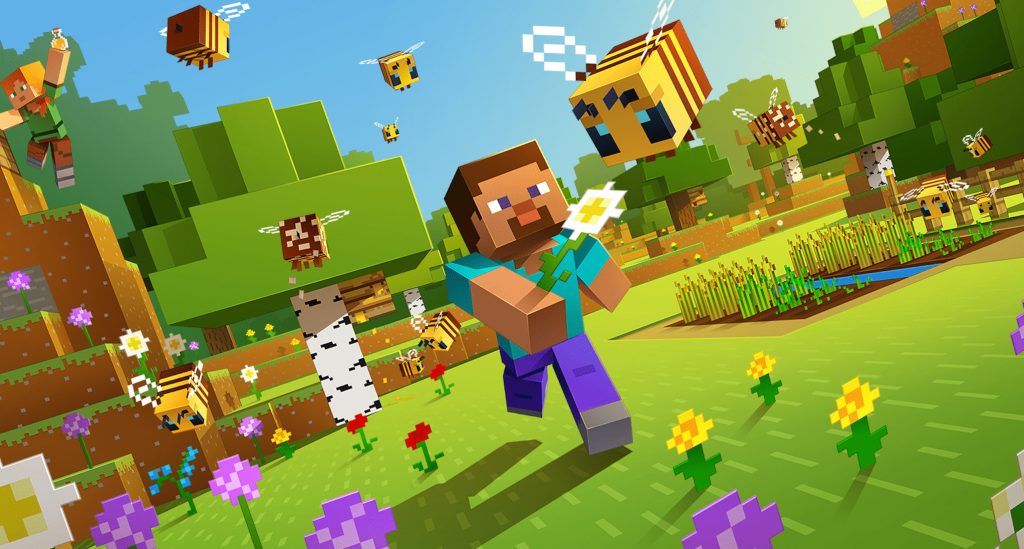
Minecraft
Game Design Tip: Introduce new game mechanics slowly and in a controlled environment. Reward players for experimenting and learning new skills within the game.
Using Feedback to Improve Game Design
Finally, let’s talk about feedback. No game is perfect on the first try, and player feedback is gold dust for refining your design. Use it wisely. Analyze what players love and what they don’t to fine-tune your game. It’s like having a conversation with your audience, and it’s crucial for making your game the best it can be.
No Man’s Sky underwent significant improvements based on community feedback, showing how valuable player input can be. League of Legends frequently updates based on player feedback, keeping the game balanced and fresh. Whether creating a PC or mobile game, setting up a system for players’ feedback can help you make better games.
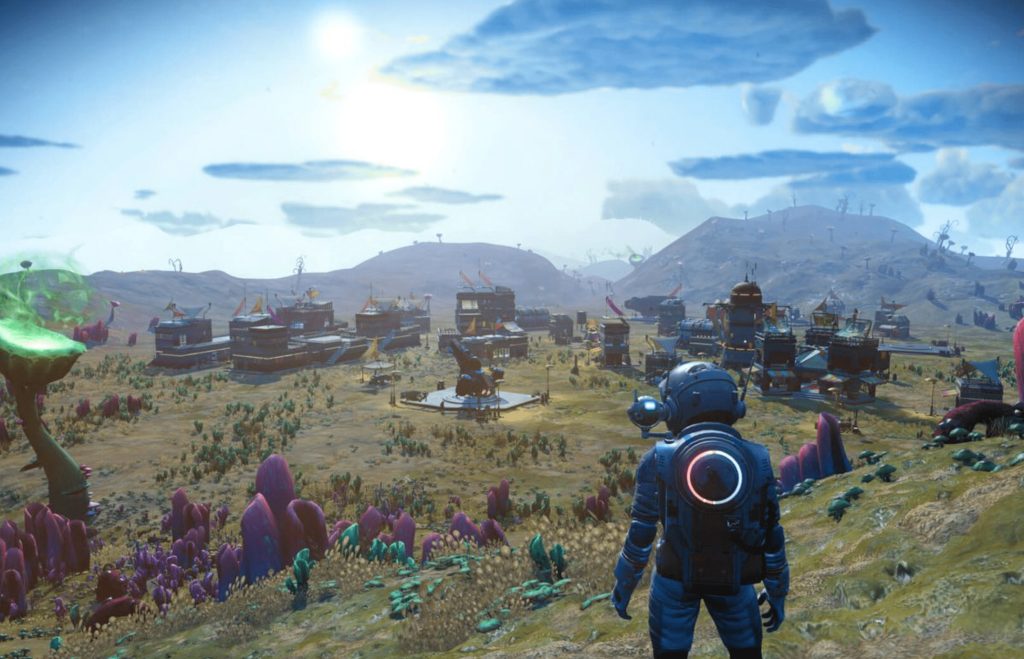
No Man’s Sky
Game Design Tip: Create a dedicated forum or feedback section for your game so players can easily share their thoughts and ideas. It’s essential to prioritize feedback that matches your game’s vision while improving the overall player experience. If you’re using Buildbox as your game development platform, you can conveniently test your games on Buildbox World and seamlessly share direct links with your friends, family, or community to gather valuable feedback.
Understanding and applying psychology in game design isn’t just about making your game more engaging; it’s about creating experiences that resonate with players on a deeper level. By focusing on the psychological aspects of game design, you can craft games that entertain and leave a lasting impact. It’s about crafting moments that stick with players long after they’ve put down the controller.
Now that you have learned everything you need to know about the psychology of game design, let’s start creating some games!
Download Buildbox Today!


